Jim Hanley’s Universe/JHU has been my local comics shop since I moved to Manhattan about 30 years ago. The original Jim Hanley’s Universe opened in Eltingville, Staten Island in 1985, and later expanded to Manhattan. With its Manhattan branch located first in a mall, and later across the street from the Empire State Building, it was a famed location, a flagship for a comics shop in a highly trafficked area, and where most Marvel and DC staffers shopped. Hanley, one of the most respected retailers in the early days of the direct market, retired in 2013. The store reopened a few blocks away as a new business, JHU, owned by Nick Purpura and Ron Hill, two long time employees.
But one move and one pandemic later, on September 28, 2023, JHU, the Manhattan outpost closed its doors for the last time, after a day spent tearing down fixtures and giving out the last pull lists to loyal customers. I stopped by the shop at 5 on a blustery Thursday for an exit interview – Hill was just packing up the last bits, sitting amidst boxes from Lunar, Diamond and PRH – a visual reminder of the massive changes the shop had seen over the last three years.
During the interview, a steady stream of customers kept coming up and knocking on the locked door – all unaware that the shop was closing. “Are you moving?” they all asked. “Staten Island is open,” Ron would tell them.
The crestfallen customers were a sign of how much of an institution the store had become. JHU was a local, not a big store with a big mail order business like Midtown, or part of a dedicated shipping district like Forbidden Planet. I love both those stores, but JHU was its own bespoke place, a pop and pop shop in a world where high Manhattan rents don’t want them.
As we settled in, Ron told me about some factors about the shop’s closing that he attributed to bad luck that had dogged it from the day it opened: from the store getting buried under a construction awning almost immediately after it opened, to one of the key contractors behind the opening remodel dying while work was underway. Our conversation ranged over many topics and was definitely tinged by the sadness of closing a store that had a long, important history.
Every store closes for unique reasons and these are some of the ones behind JHU’s Manhattan store.
The following has been edited for length and clarity.
MacDonald: Let me ask you this, was this store killed by social justice warriors?
Ron Hill: No. It was not.
MacDonald: Was this store killed by poor product from Marvel and DC?
Hill: It wasn’t helped by it but it also wasn’t helped by Brian K Vaughan taking a three year break in the middle of the hottest independent comic’s run. [Saga went on hiatus in 2019 and returned in 2022.] Back in the old days, Love and Rockets used to come out quarterly because that was a comfortable schedule for them. And their fans understood it and knew every two or three months, there’d be a new one. They didn’t take three years off in the middle of a raging success story. I’m sure [Vaughan and Fiona Staples] had other pursuits and I’m not begrudging that. But when you remove yourself from the field, maybe you don’t come back as strong as you were before. Again, we love Saga. But [the break] did not help us.
I don’t think a lot of comic book writers understand this. But that’s the kind of thing [that has an effect] just as much Marvel and DC putting out very timid, what seem to be corporate dictated comic books. When [the Big Two] do tie into their mainstream things, in the case of Marvel, they arrive two years after the fact. Right now they’re doing their variant covers for Alligator Loki for a TV show that was out two years ago.
MacDonald: The new Loki show is coming in a few weeks…
Hill: But it’s not out in the stores before the show was even on, because it’s not like the storylines reflect what they’re doing.
MacDonald: I want to touch on a couple of things you just talked about, but I want to back up a bit. You always told me your 33rd Street location was a commuter store – what did you mean by that?
Hill: It used to be a store that people came to because they had jobs in Midtown, or in the neighborhood, and they stopped off after work. During the last financial meltdown in 2008, the original Hanley’s took a hit because people were laid off far and wide. DHL, the big shipping company, had a big branch over here. And then when they laid off the hundreds of people, all the supporting jobs in the neighborhood and other things went away. Nick and I started in 2013, reincorporated as a new company. Our first location was on 32nd Street between Madison and Park. And the second location is here on Third Avenue between 32nd and 33rd. So we’re more east, but we’re only two blocks away from the previous store. But even before that store closed, we saw a wave of businesses, lunchtime restaurants, furniture stores, all the things around us closed up. When we moved in, it was a vibrant neighborhood where things seemed to be happening. By the time we left, we were the last man standing.
In this space, pretty much all the businesses around us closed down. We’ve been here for five and a half years, there was a hardware store that was here for 20 years. They closed down. There was a dry cleaner. It was here for 15 years, they closed down. The nail salon next to us changed over and over and over.
MacDonald: That’s one of the weird thing about nail salons. They just keep changing. [Gossip about local comings and going including the closing of Bed Bath and Beyond across the street removed.]
Hill: This is a tough location for major retailers. The sales we did in this location, probably anywhere else, people would be thrilled to be doing the business we were doing, but the overhead was very high. Our landlords were trying to work with us and gave us some breaks after COVID, but not enough. We tried to roll with it. But the store ended up getting carried from a combination of profits from the Staten Island store, which was doing a little better, and the government loans. We stretched it as far as we could. In the beginning of the summer, it felt like the writing was on the wall. From January on, sales were soft, the foot traffic, product, and excitement felt soft. The Flash film came and went; the new animated Spider- Man did pretty well, in the scheme of animated films, but it wasn’t the biggest. None of the Marvel/DC things that were previously drawing up mainstream excitement were doing it anymore.

MacDonald: Let me ask you, when the Guardians of the Galaxy Vol I came out, a more obscure comic book property that surprised many people, did you see an increase in sales? How did these properties affect your business?
Hill: If you can go down the line some things people came looking for. For instance, it seems like the Thor films have never sold an extra Thor comic ever. The Avengers films sold some extra Avengers comics, Infinity Gauntlet mostly. Black Panther sold books, but Black Panther was a hit before the film came out, and had a very successful creative reinvention that was reflected in the films. But not everything. Not every movie comes out and brings people in. Actually, key TV adaptations would do more to bring in readers – Invincible was a huge hit. And we ended up selling a ton of the Compendium. The Boys could do better but for whatever reason, half The Boys trades are usually out of print.
I can’t wrap my head around publishers who have wonderful work that I’ve sold over and over again, and for whatever reasons, they can’t seem to reprint it.
MacDonald: That’s an ongoing problem. I wrote a whole article about you the streaming shows in particular. Netflix doesn’t let publishers know exact release dates in time for them to print them generally. Sometimes they find out a couple of months ahead of time and [it’s just not enough time to reprint from China.] The publisher does have to gamble a little bit. Did you ever see any impact on Mark Millar’s comics here from Netflix?
Hill: No, because his Netflix show was a flop. The Mark Millar fans who are pre-existing fans enjoyed the fact that it was on. But the show, unfortunately, didn’t click with the public and didn’t send people in. Invincible was the thing that clicked, and The Boys clicked. Mark Miller and Kirkman and Garth Ennis, they’re all like three heads of the same style of comic. They all put out edgy stuff, books that excite the fan base and push the boundaries of the superheroes genre. They do a great job that Marshal Law did 35 years ago. [Heidi laughs.] Creative reinvention is a wonderful thing.
MacDonald: Well, on that note let me get back to the headwinds. From talking to you over the years, I know this location had a lot of weird factors. [A building ordnance meant they couldn’t put the word “Comics” on the outside awning for instance.] But what about the factors just in terms of your customers. Everybody’s worried right now about the aging of the periodical customer. So, when you talk about commuters, the people who went there 20 years ago might be retired now. Were they replaced by new people? How did you deal with this demographic shift?
Hill: The aging of the periodical customer is a real thing, but that’s not to say there aren’t young people reading comic books, and being excited by things put out by periodical publishers. Go back to Invincible. That was a periodical comic book that now exists as a collected version. And in order to get the TV show, and to get the Compendium editions, we had to first do the periodical. Back when, there was a Vertigo Comics, Vertigo wouldn’t necessarily sell lots of copies as chapters. But when those books came out, they clearly made it all worth it. There’s something to be said about serializing the work and allowing the readership to witness the creation, and even have a voice through the letters pages and to be in the exchange of an actively creative work. The creators are trying to do that thing, but they also have an engaged relationship with a fan base and that has historically been a healthy thing in American comic books. There’s more engagement than ever, but I feel like often what I see is the engagement turns into we’re going to [start] putting out comic books, we’re going to only do commissions. Instead of writing comic books, we’re going to option it out. And we’re going to disappear from racks.
Meanwhile, the major publishers can’t coordinate their publishing schedules to drive people in weekly anymore. How many times has Marvel released all the Star Wars comics in one week? Like every week, all the time? How many times has DC dropped multiple Batman’s in the same week? That’s just the way it is now. But instead of giving people a reason to come back every week, they dump it all out. A lot of the engagement isn’t in the pages of letters anymore. It’s in their Twitters, Instagrams, and they’re the people who are going to applaud everything you say, the instant gratification of the thumbs up.
Did anyone ever do a follow up on Substack? Did they all make money? The people who laid out the capital, have any of those people benefited yet? Because to me, it seems the Substack deal came along, and God bless them all for taking their ransom and removing themselves from the marketplace. But has anybody done anything beyond the initial payout, have the venture capitalists who hired the wranglers of these people made their money back? But the comic stores lost their work. Suddenly, instead of it reaching 50,000 people, it reached 3000 people on your Substack.
MacDonald: You had a very diverse stock, though. You had kids comics, books, mini comics. You had periodicals. It was very wide ranging. Did you find any of those were successful?
Hill: Yeah, we always would reorder Scholastic Books on a regular basis. None of these particular things were anything that you could run your business off, but all of them together, you’re good.
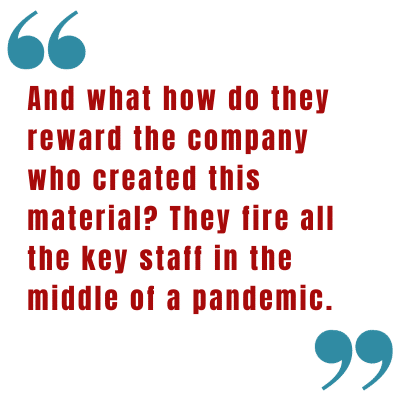
Hill: We did, but again, there’s no margin. We’d sell them, but it wasn’t like you make any money on it. Between the wholesale cost and what the distributor charges and shipping, Sometimes you sell it for 12 bucks, you make $3 on it. But I’ll take the $3. It’s something that would bring people in, and hopefully, you convert them into a comic fan, which we did.
MacDonald: So sitting here I see boxes from Diamond, from Lunar, from PRH….you went through the multi-distributor era. How has that been? Do you think that has been good or bad for your business?
Hill: It’s created more work. The competition that Geppi was talking about a few years ago, when this was first going on? Is it really competition when you can’t get your stuff from here, and they can’t get your stuff from there? It just seems like we went from having one giant monopoly to having a bunch of mini monopolies. There’s a hassle factor and we could go over where the Penguin Random House deal was basically discount point robbery – we had a better deal with Diamond, and they took away the deal. So stores that were our level, lost points [over all discount percentages from the distributor]. Certain retailers beat the drum for Random House for years, and we were always trying to get Random House because of all the other things they sold. But subsequently, when your number one publisher of comic books pulls their line, suddenly you’re losing money because of [the reduced discount.]
But also, you hope that when they move to a book distributor suddenly, all the wonderful old work that we would make money on and sell regularly would be back in print. And it’s just as scattershot as ever. How does Marvel not have ten Mighty Marvel Masterworks from Spider Man comics, the first 100 issues that we would sell to children in print all the time? They reprint all the Wimpy Kid books. Raina Telgemeier is always in print. Marvel’s got this thing that clearly could sell to the kids at a good price point, a fun product, and the books go out of print, and stay out of print for months, just like they did at Diamond.
So now I pay more and it’s the same old problem of keeping things in print. I don’t understand what the decision process is regarding keeping classic work in print. How many times in the last couple of years has something like Infinity Gauntlet gone out of print? When the Scarlet Witch show was on TV, it took three months before they finally got House of M and The Vision in print. This isn’t a case of the publisher or the streamer. The streamer is the publisher!
[At this point, a store customer who had made to stop by joined the conversation to kibitz a bit. Let’s call him Jay.]
MacDonald: [To Jay.] I just asked Ron about the aging of the periodical customer. It’s a problem for retailers and publishers, and they seem to be keenly aware of it.
Jay: I know a lot of young people that love comics, they just don’t like Superman, necessarily, or Wonder Woman or Marvel. But they’re reading a lot of the Image stuff and they all read Raina Telgemeier [when they were younger.]
Hill: My daughter likes manga and Scholastic. She likes Marvel movies so I keep bringing the comics home…
MacDonald: You mentioned Love and Rockets a while ago, but that was 40 years ago, there was a lot less competition. So comparisons to older sales patterns aren’t necessarily valid just because of that. Now it’s like, “Well, my favorite comic isn’t here? I’ll just pull this computer out of my pocket and read some webtoons.”
Hill: I mentioned that because, as creators, even back then they still established a release pattern. Now it seems like anything resembling a schedule goes out the window. Can you imagine HBO starting a new 10 episode Game of Thrones series but by the time it gets to seven episodes, they tell everyone oops, we’re not done. We’re gonna take like another six months to wrap it up.
That doesn’t happen. But the parent company of people who produce Game of Thrones, the parent company of the people who produce DC Comics, made a billion dollars from the Joker box office in 2019, a movie derived very much from direct market comic book stuff, that a previous boss published back in 2010. And how do they reward the company who created this material? They fire all the key staff in the middle of a pandemic and hire new people at probably a third of the cost. It’s not the new people’s fault, it’s just “showbiz.”
MacDonald: How do you view Image with or without Saga?
Hill: They put out lots of wonderful books. There’s been lots of success – Image is a wonderful thing when the creative people go to Image and put out paper products that I can sell in the comic store, instead of going to Substack.
MacDonald: I would also argue that you have a DSTLRY now doing stuff that would have been on Substack two years ago, books by Jock, Scott Snyder, Becky Cloonan.
Hill: Sure! I’m all for great comics!
Jay: I bought the new DSTLRY book, the magazine sized one. I first bought it because it was, Oh, look at all these people that are in here. This looks interesting. I certainly picked it up and can’t wait to look at it. But I also like offbeat things like Pink Lemonade.
Hill: I’ve been really enjoying Santos Sisters.
Jay: Santos Sisters is fantastic!
HILL: There are still cool things happening. And you can’t argue with the sheer economics of putting on a 32 page thing, especially if you’re starting out. it doesn’t cost a lot of money in the grand scheme of things, especially in 2023. Apparently, anybody can publish anything in color now. They don’t have to pay Murphy Anderson $50,000 for color separations anymore.
Jay: Friends of mine own a print on demand company. They have a digital side and a print side. They’re certainly well into not worrying about their business.
Hill: Rick Veitch has put out multiple books, and I love the guy and I can only buy through his print on demand. I know the creators have to do what’s best for them. And certainly, in the case of a Rick Veitch who has been lauded through the years but the direct market comes up short from time to time, who could blame him? I understand doing Kickstarters.
MacDonald: Every press release I got in the last month has been about a Kickstarter. I see a benefit book and it’s on Kickstarter.
Hill: If you don’t have capital and you have a good idea, taking it to people is a good idea. We had a GoFundMe.
MacDonald: So Ron, as we wrap up, what do you want to let publishers know. You still have your Staten Island Store which is successful.
Hill: We’ve had our ups and downs, but yes.
MacDonald: So what are you looking for more of? You have an audience of industry folks and readers here and I’m sure one or two publishers will be reading. What two things would be on your wish list?
Hill: What I’d like to see from from comic publishers is to create the work and put it out when you’re supposed to. Don’t release a six part story without it being done. Treat this media the same way you treat your other properties. I remember when Bob Schreck hired Kevin Smith to write Green Arrow, they didn’t publish that Green Arrow comic until they had 12 issues in the can. What happened when it came out? It was a hit. It sold month after month. People loved it. And was there for people when it was supposed to be. That’s #1.
#2, understand the work you’re sitting on, things that you bought, published and it sold out? That means that you’ve sold all your copies to the world. Do you ever hear about the Grapes of Wrath going out of print? I can understand If you’re a self-publisher, the choice might be harder. Do I finance my new work? Or do I keep my old work in print. But if you are a publishing house, the biggest ones owned by the two corporations, or the medium ones owned by the medium corporations, or even the well known well regarded award winning small ones that have been around for decades. I’m still waiting for some of those Complete Crumb books to come back in print as a matter of fact. Where’s all the Robert Crumb? Nothing’s in print! This is America’s preeminent underground comic artist and his work is missing. Just to name an example, Joe Matt died two weeks ago. Well, I loved his work. I’ve given poor Peggy [Burns publisher of D&Q] who I love, a hard time about it while he was alive. But with the world of comics creative people singing his praises, there was nothing for me to sell, because it’s gone.
When Paul Levitz was the publisher of DC, they were very focused on having lines of trade paperbacks, and they had a whole audience that was separate from the periodical audience buying the creative work. And that went out the window after Paul left, and they became more focused on trying to be like Marvel, it appears. And the one thing that DC could never get right, is whenever they try to be like Marvel, they’re bad. When Paul was running things, it was a publishing house that took chances. Now it seems to be a publishing house that’s largely dictated by whatever corporate bozo is running the company right now.
MacDonald: To be fair, [editor-in-chief] Marie Javins is very well-liked.
Ron Hill : Hey, huge Daniel Johnston fan here. Yeah, exactly. I love Daniel Johnston. And so she’s a saint.
MacDonald: I mean it’s proven that Marie Javins is a good editor with good tastes and contacts, and just guessing, but I’d guess that the job as it exists now, under these corporate structures of a company that’s been sold twice in the last four years, is probably not to put out Daniel Johnston comics.
Hill: She did do one!
MacDonald: Ok, she snuck it in there! But we’re in an event/variant driven system now for both Marvel and DC.
Hill: That’s the law of diminishing returns. You’ll be selling books to these smaller and smaller demographic of collectors who never crack the cover. I mean, Marvel spends a lot of capital putting out Marvel Masterwork which apparently sell under five figures, maybe four figures, maybe, in the upper hundreds. And which is great for Marvel, I suppose. But we sold our one or two copies.
MacDonald: Penguin’s doing a line of classic comics, which is apparently successful.
Hill: Yeah, it’s cool. But even that was like, I wish it would just go the full distance and be like, we’re gonna publish all the Lee, Ditko and Jack Kirby, and we’re not gonna just take eight stories from here and there.
MacDonald: I think what you’re you’re both saying, though, is that there’s still low hanging fruit. There’s really great work that not available. And now I keep hearing, there’s just been a bit of a slump, the industry is in a bit of a slump now. But what’s different is industry people aren’t really alarmed by it, except the people who are on social media profiting from it by making themselves a “savior.” So any other any other advice for the comic book industry?
Hill: As I said, create the work and put it out when you’re supposed to and grant and keep your whole work in print. I talked to Jim, my old boss all the time. And when I explained to him how the current terms work, especially when it comes to Marvel, he’s like, there’s just no incentive to ever try to do better. Because you’re gonna get the same flat discount, no matter what you do, what’s the incentive for anybody to try to do better, when there’s no way to raise the stakes. DC and Image, over at Lunar, seem to be keeping the old direct market style, the more you buy the the better of a deal you get, which in turn helps finance operations having multiple stores, and the logistics of running larger operations. At PRH this is your deal, whether you’re the littlest comics store or the biggest.
I’m in all these retailer groups, and everybody talks and talks and talks. PRH came out of the gate disastrously, they didn’t listen to anybody’s advice, or look at how anybody packed boxes. To this day, every book I buy from Penguin Random House, it’s a crapshoot whether or not, they’re going to arrive in a saleable condition. You can order two $150 Omnibuses [for two customers] and one comes in with a dent, and well, I gotta report it. Now I’m gonna wait for another copy to show up.
https://www.instagram.com/p/Cx_tIL0Rx8W/
MacDonald: What’s a book that when it comes out you are excited because you know you’re going to sell a ton?
Hill: There’s been there’s been positive developments in the last two years, as I said, Invincible, the TV show came out and we sold a bunch of books. The Sweet Tooth show, sold a bunch of books. There are still vital creators whose work is interesting, lke Jeff Lemire. He has a very loyal customer base. Anytime Ed Brubaker and Sean Phillips release a new collection, it’s a cause for celebration. It’s enjoyable work. It’s beautifully produced. A lot of the time the excitement is coming from either the creator owned side or the alternative indie side. I wish Dan Clowes would put out a book more than once a decade. I’m really looking forward to his new book, Monica, as a fan and as a retailer because I know I’m gonna sell it and I want to read it. I wish he’d serialize it – I miss that ongoing creation process. As things move to book format more and more, that’s also a move away from direct market, which…I can’t blame them.
MacDonald: But you’re still going to be selling comics..
Hill: We’ll still be selling comics.
[At that point a customer knocked on the door with his pregnant wife desperate to get something to take to his brother who was in a nearby hospital. At first Ron said everything was packed up and gone but as he heard the story, like the member of the community he is, he started digging around in his packed boxes to find something he could give to the sick brother. There it was – the perfect anecdote to end the interview: a store owner who always put his customer base first.
I said goodbye to Ron and walked out into the chilly night. Just a block down from JHU, I noticed an auction sign in a café that had opened only six months before…already closed. A man and a woman inside sadly stacked up chairs and other equipment. New York City real estate is a brutal equation.]
JHU remains open on Staten Island at 299B New Dorp Lane, Staten Island NY 10306, 718-351-6299
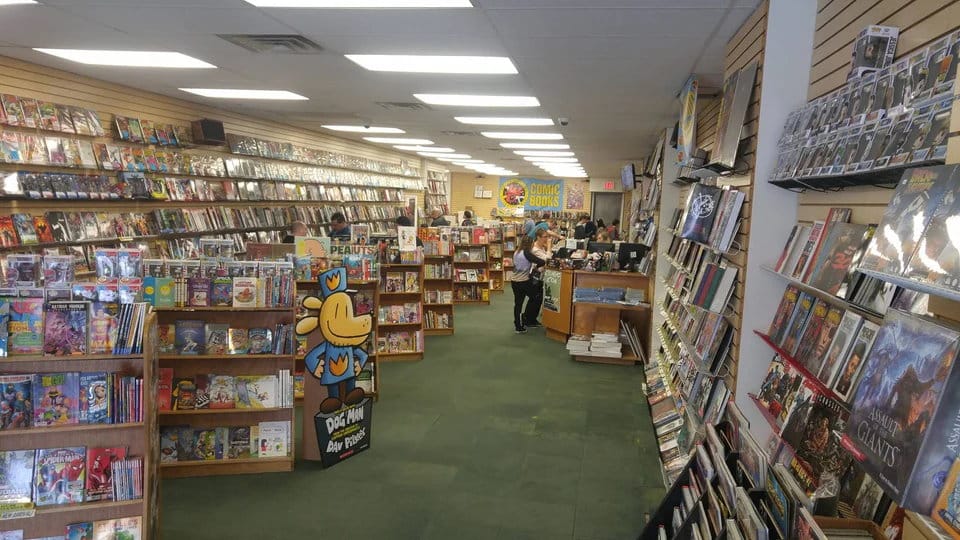


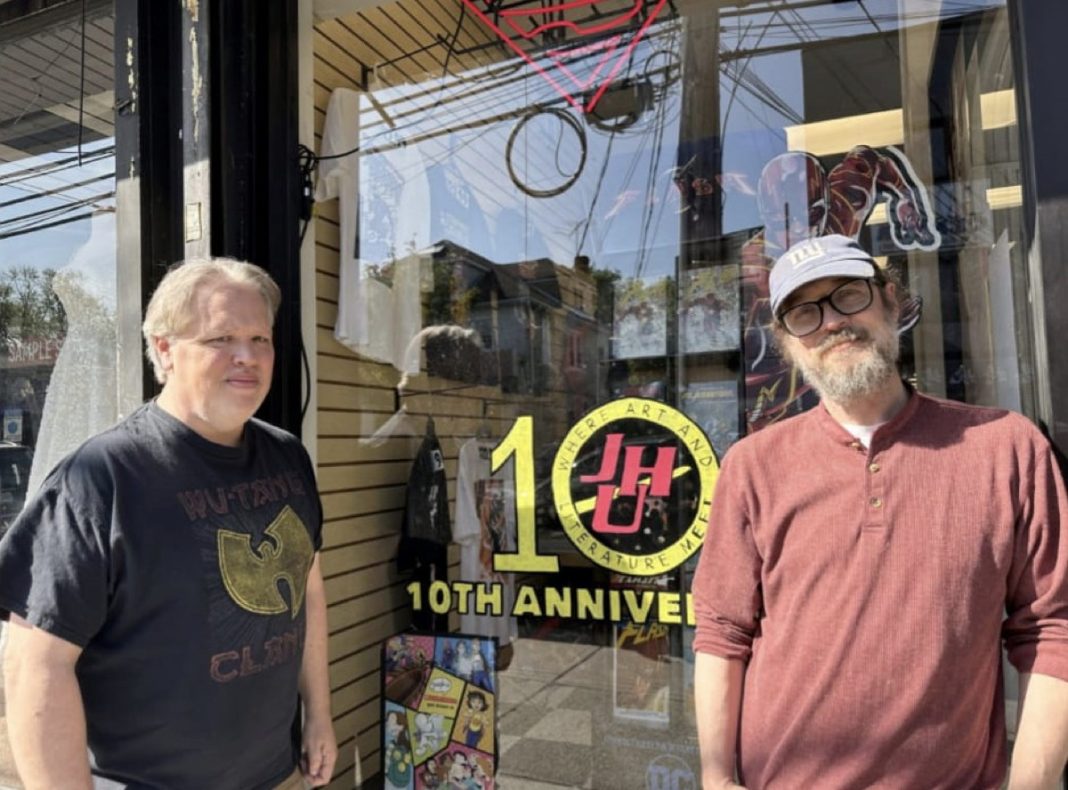
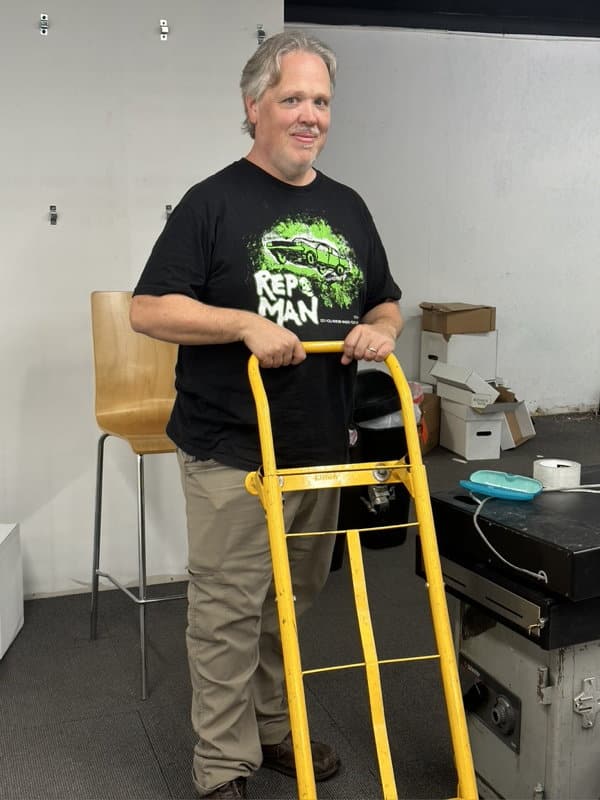
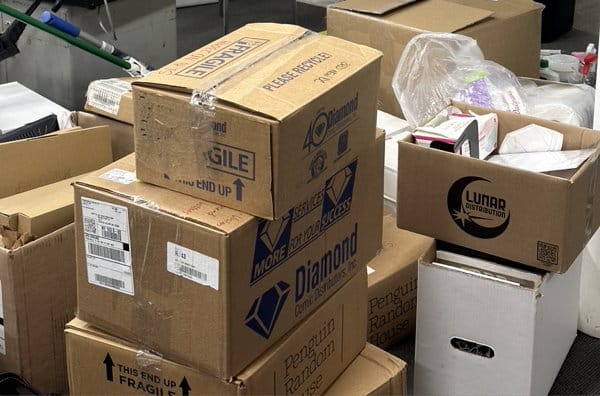
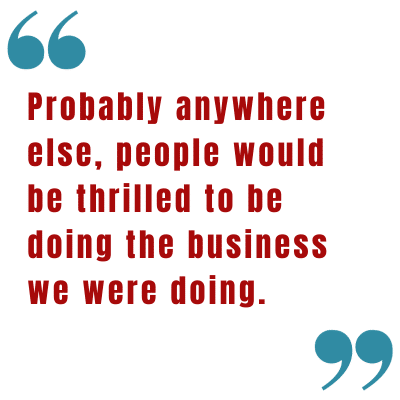
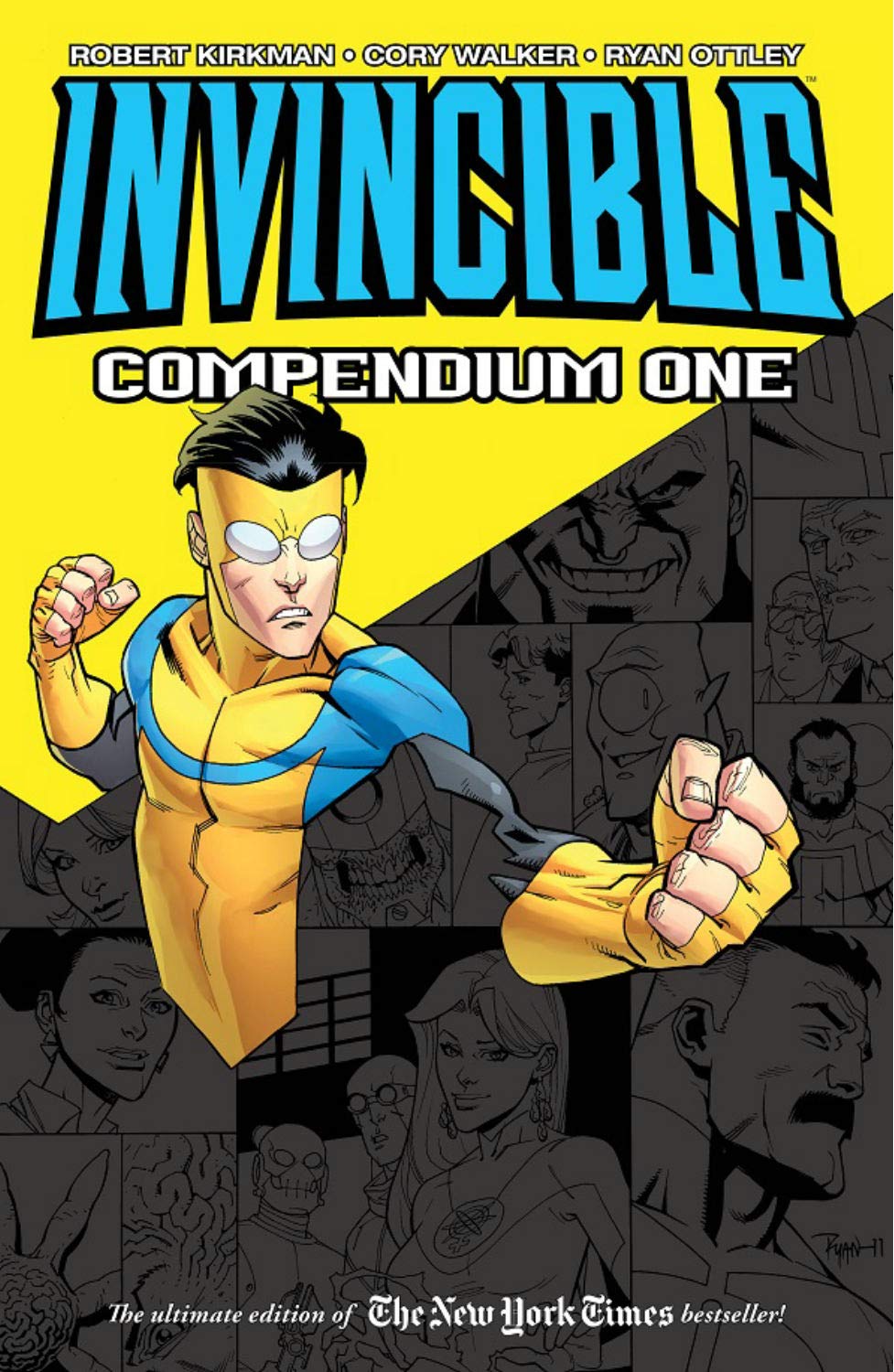
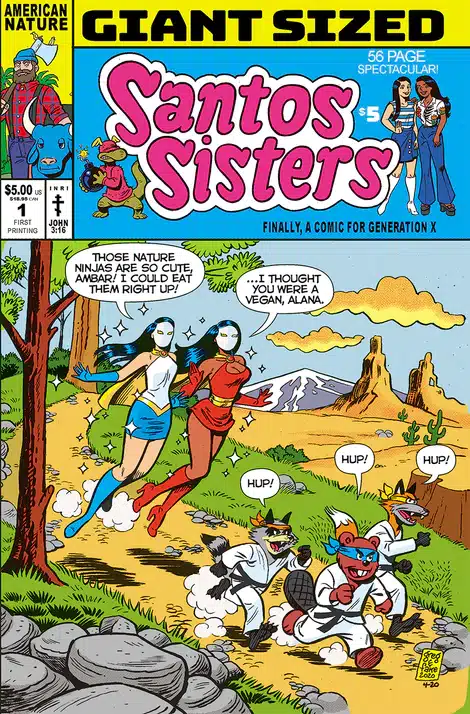
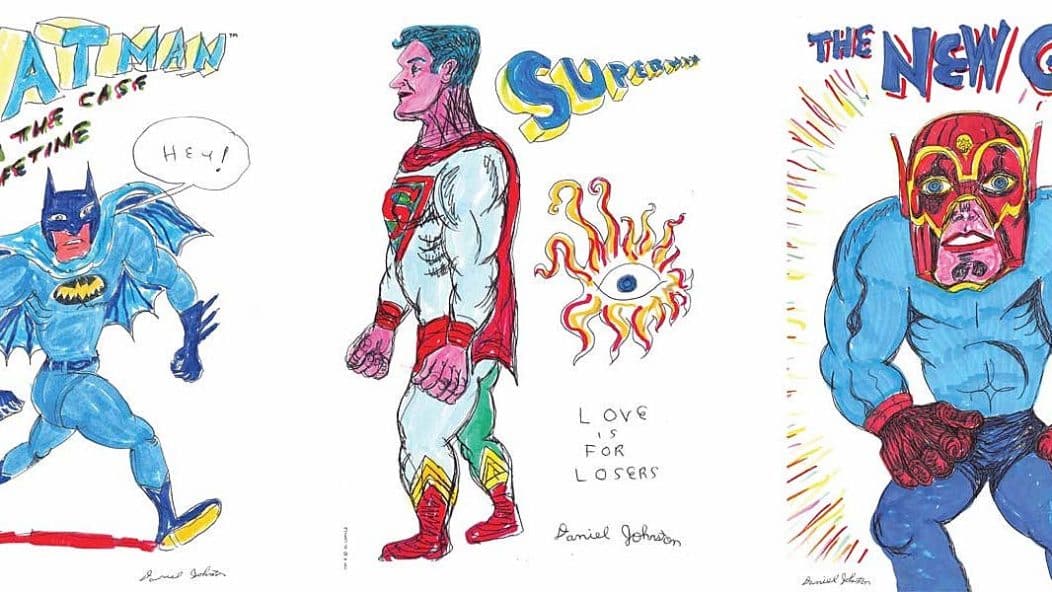

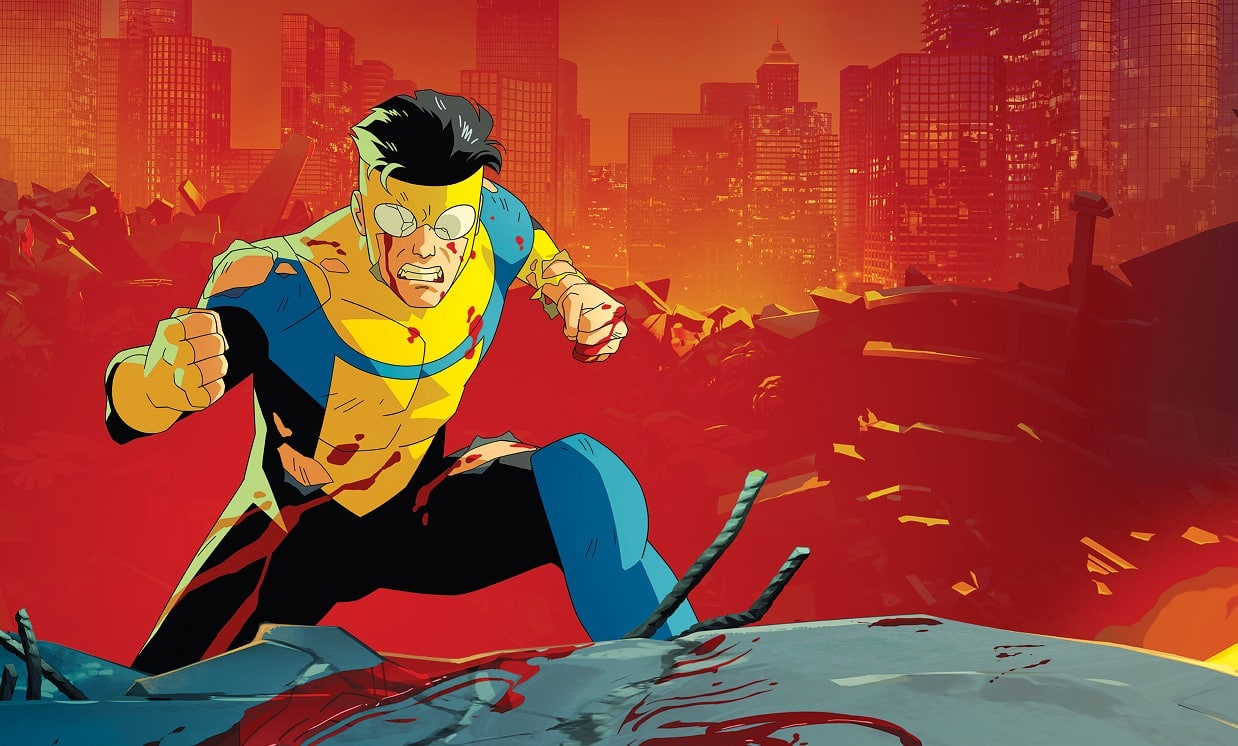



I need to know more about this not being able to put “comics” on the awning.
Vaughan is a decent writer, enough that he can build up a story with engaging characters, but most of the time he has no clue how to wrap things up satisfactorily, so it’s a blessing in disguise that SAGA went on a hiatus. Very soon readers will realise, like every time before, that either 1/ it dragged on too long, 2/they don’t care any more or 3/ it ends on another wet fuse, disappointing most. Better move on to better writers who know where they are going and can do it competently shorter. Whoever’s left to do that is another story.
Comments are closed.